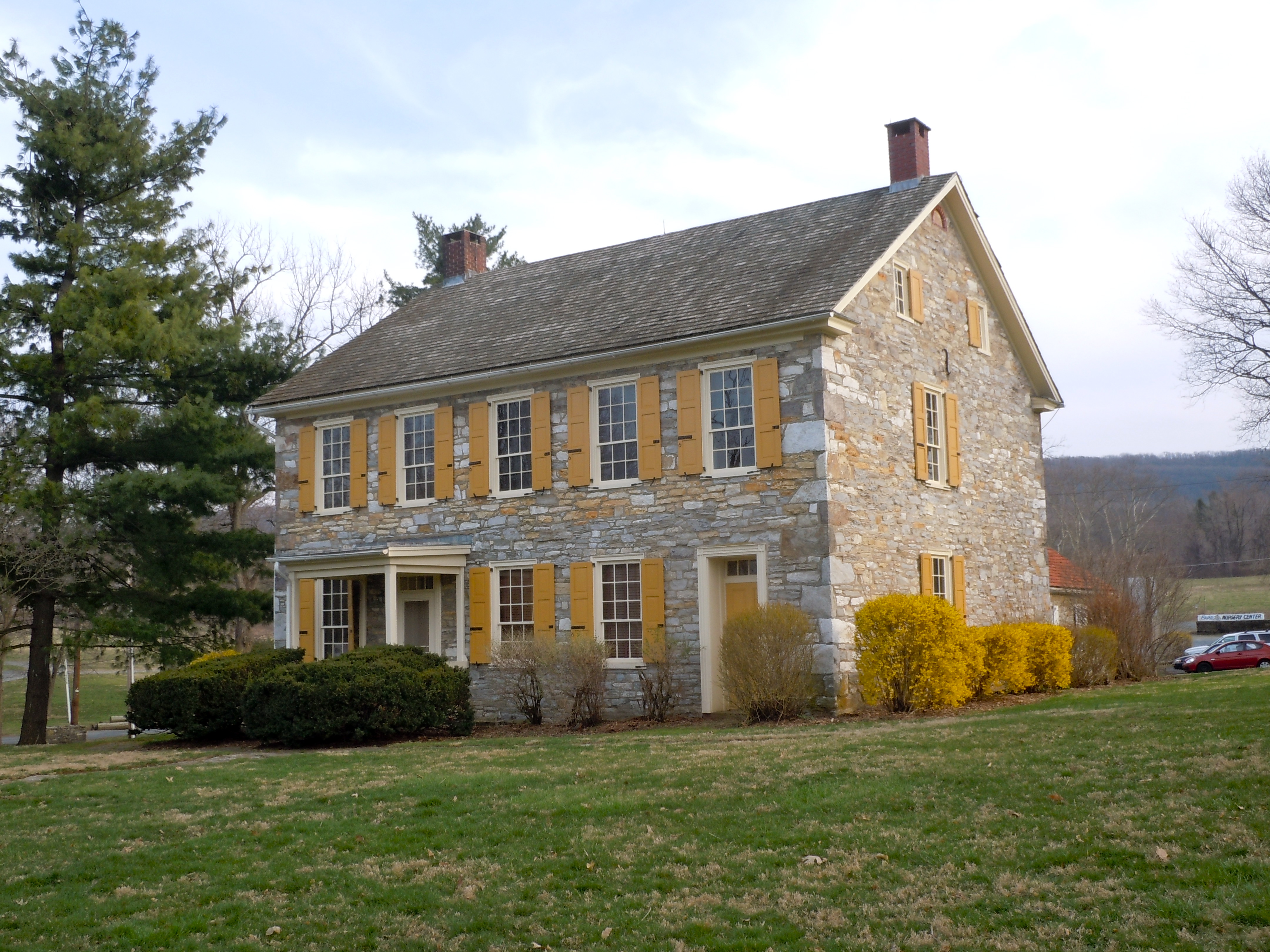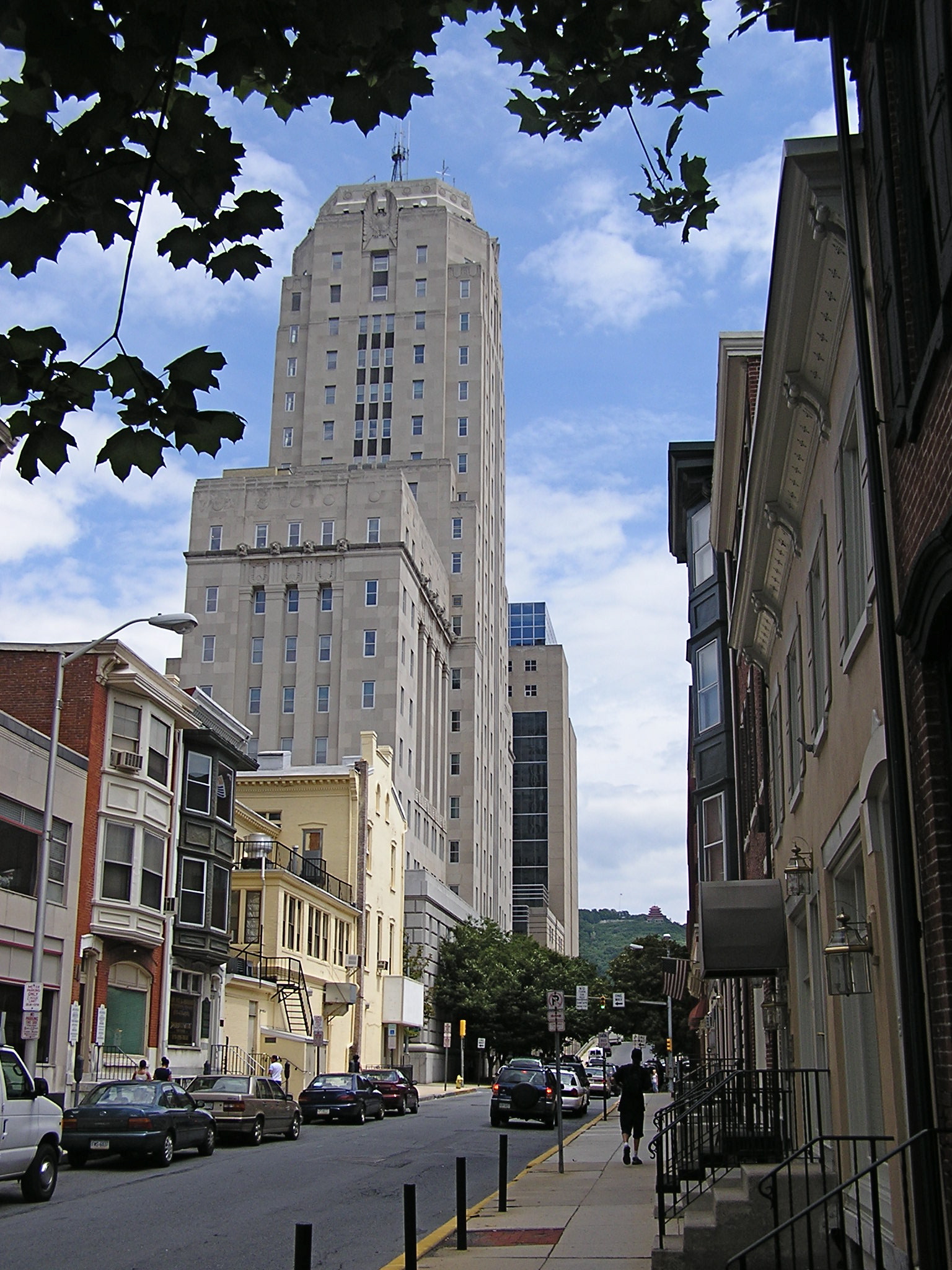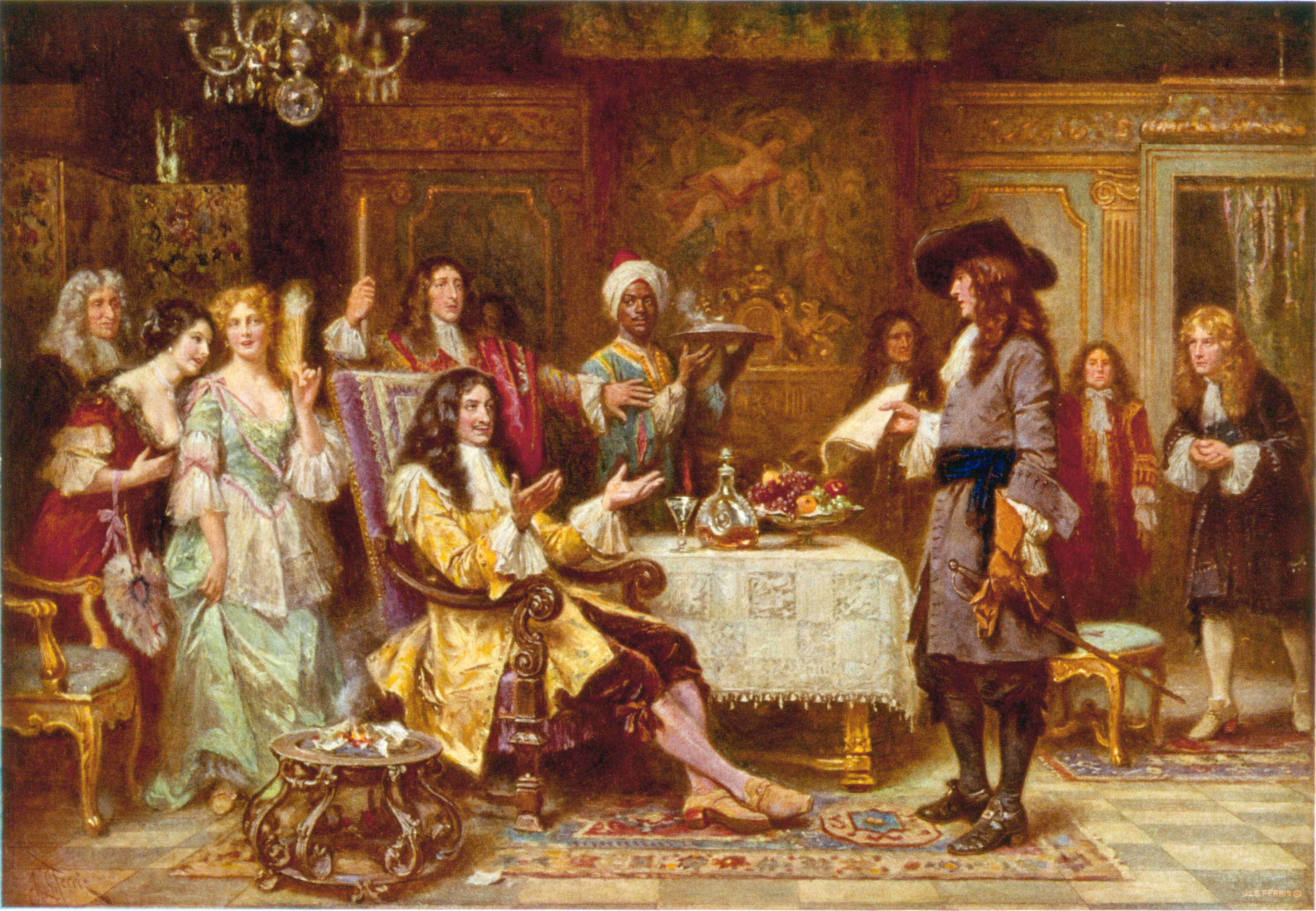|
Bloody Springs Massacre
According to local tradition, in 1757, the second year of the French and Indian War east of the Susquehanna River, a massacre of the Spatz family at a spring near modern-day Strausstown, PA caused the water to run red with the blood of the family. That small trickle of water became known as “Bloody Spring” and the event has been called the “Bloody Spring Massacre" since that time. The story of the massacre has been passed down through the Degler family, whose farm neighbored the Spatz homestead. Massacre of the Spatz family One version is that someone in the Spatz family killed an Indian and in retaliation his companions killed the entire family. George Frederick Degler, a German pioneer who settled in Berks County in 1738, is said to have had a reputation among the Indians of this area as a fair and kind man.https://www.ancestry.ca/boards/thread.aspx?mv=flat&m=1&p=surnames.stertzel However, by 1757, warriors of the Lenape, the original inhabitants of the Schuylkill Valley w ... [...More Info...] [...Related Items...] OR: [Wikipedia] [Google] [Baidu] |
Conrad Weiser
Conrad Weiser (November 2, 1696 – July 13, 1760), born Johann Conrad Weiser, Jr., was a Pennsylvania Dutch (German) pioneer who served as an interpreter and diplomat between the Pennsylvania Colony and Native American nations. Primarily a farmer, he also worked as a tanner, and later served as a soldier and judge. He lived part of the time for six years at Ephrata Cloister, a Protestant monastic community in Lancaster County. As an emissary in councils between Native Americans and the colonies, especially Pennsylvania, during the late 18th century's tensions of the French and Indian War (Seven Years' War), he contributed to alliances that supported the British effort. Early years Conrad Weiser was born in 1696 in the small village of Affstätt in Herrenberg, in the Duchy of Württemberg (now in Baden-Württemberg, Germany), where his father ( Johann Conrad Weiser Sr.) was stationed as a member of the Württemberg Blue Dragoons. Soon after Conrad's birth, his father was dis ... [...More Info...] [...Related Items...] OR: [Wikipedia] [Google] [Baidu] |
Reading, Pennsylvania
Reading ( ; Pennsylvania Dutch: ''Reddin'') is a city in and the county seat of Berks County, Pennsylvania, United States. The city had a population of 95,112 as of the 2020 census and is the fourth-largest city in Pennsylvania after Philadelphia, Pittsburgh, and Allentown. Reading is located in the southeastern part of the state and is the principal city of the Greater Reading Area, which had 420,152 residents as of 2020. Reading is part of the Delaware Valley, also known as the Philadelphia metropolitan area, a region that also includes Philadelphia, Upper Darby Township, Pennsylvania, Camden, and other suburban Philadelphia cities and regions. With a 2020 population of 6,228,601, the Delaware Valley is the seventh largest metropolitan region in the nation. Reading's name was drawn from the now-defunct Reading Company, widely known as the Reading Railroad and since acquired by Conrail, that played a vital role in transporting anthracite coal from the Pennsylvania's ... [...More Info...] [...Related Items...] OR: [Wikipedia] [Google] [Baidu] |
William Penn
William Penn ( – ) was an English writer and religious thinker belonging to the Religious Society of Friends (Quakers), and founder of the Province of Pennsylvania, a North American colony of England. He was an early advocate of democracy and religious freedom, notable for his good relations and successful treaties with the Lenape Native Americans. In 1681, King Charles II handed over a large piece of his North American land holdings along the North Atlantic Ocean coast to Penn to pay the debts the king had owed to Penn's father, the admiral and politician Sir William Penn. This land included the present-day states of Pennsylvania and Delaware. Penn immediately set sail and took his first step on American soil, sailing up the Delaware Bay and Delaware River, past earlier Swedish and Dutch riverfront colonies, in New Castle (now in Delaware) in 1682. On this occasion, the colonists pledged allegiance to Penn as their new proprietor, and the first Pennsylvania General A ... [...More Info...] [...Related Items...] OR: [Wikipedia] [Google] [Baidu] |
Iroquois
The Iroquois ( or ), officially the Haudenosaunee ( meaning "people of the longhouse"), are an Iroquoian-speaking confederacy of First Nations peoples in northeast North America/ Turtle Island. They were known during the colonial years to the French as the Iroquois League, and later as the Iroquois Confederacy. The English called them the Five Nations, comprising the Mohawk, Oneida, Onondaga, Cayuga, and Seneca (listed geographically from east to west). After 1722, the Iroquoian-speaking Tuscarora people from the southeast were accepted into the confederacy, which became known as the Six Nations. The Confederacy came about as a result of the Great Law of Peace, said to have been composed by Deganawidah the Great Peacemaker, Hiawatha, and Jigonsaseh the Mother of Nations. For nearly 200 years, the Six Nations/Haudenosaunee Confederacy were a powerful factor in North American colonial policy, with some scholars arguing for the concept of the Middle Ground, in that Europe ... [...More Info...] [...Related Items...] OR: [Wikipedia] [Google] [Baidu] |
Amish
The Amish (; pdc, Amisch; german: link=no, Amische), formally the Old Order Amish, are a group of traditionalist Anabaptist Christian church fellowships with Swiss German and Alsatian origins. They are closely related to Mennonite churches, another Anabaptist denomination. The Amish are known for simple living, plain dress, Christian pacifism, and slowness to adopt many conveniences of modern technology, with a view neither to interrupt family time, nor replace face-to-face conversations whenever possible, and a view to maintain self-sufficiency. The Amish value rural life, manual labor, humility and '' Gelassenheit'' (submission to God's will). The history of the Amish church began with a schism in Switzerland within a group of Swiss and Alsatian Mennonite Anabaptists in 1693 led by Jakob Ammann. Those who followed Ammann became known as Amish. In the second half of the 19th century, the Amish divided into Old Order Amish and Amish Mennonites; the latter do not abstain fr ... [...More Info...] [...Related Items...] OR: [Wikipedia] [Google] [Baidu] |
Lenape
The Lenape (, , or Lenape , del, Lënapeyok) also called the Leni Lenape, Lenni Lenape and Delaware people, are an indigenous peoples of the Northeastern Woodlands, who live in the United States and Canada. Their historical territory included present-day northeastern Delaware, New Jersey and eastern Pennsylvania along the Delaware River watershed, New York City, western Long Island, and the lower Hudson Valley. Today, Lenape people belong to the Delaware Nation and Delaware Tribe of Indians in Oklahoma; the Stockbridge–Munsee Community in Wisconsin; and the Munsee-Delaware Nation, Moravian of the Thames First Nation, and Delaware of Six Nations in Ontario. The Lenape have a matrilineal clan system and historically were matrilocal. During the last decades of the 18th century, most Lenape were removed from their homeland by expanding European colonies. The divisions and troubles of the American Revolutionary War and United States' independence pushed them farther west. ... [...More Info...] [...Related Items...] OR: [Wikipedia] [Google] [Baidu] |
Strausstown
Strausstown is a village and former Borough (Pennsylvania), borough located in Upper Tulpehocken Township, Berks County, Pennsylvania, Upper Tulpehocken Township in Berks County, Pennsylvania, Berks County, Pennsylvania. The population was 342 at the 2010 United States census, 2010 census. Geography and history Strausstown is located at (40.492053, -76.184102). According to the United States Census Bureau, U.S. Census Bureau, the village has a total area of 0.2 square mile (0.5 km), all land. Strausstown was founded in 1840 by John Strauss. It is located at the source of several tributaries to Northkill Creek. In 2016, the borough of Strausstown voted to merge with surrounding Upper Tulpehocken Township, Berks County, Pennsylvania, Upper Tulpehocken Township. Demographics As of the census of 2000, there were 339 people, 139 households, and 89 families residing in the borough. The population density was 1,919.6 people per square mile (727.2/km). There were 146 housi ... [...More Info...] [...Related Items...] OR: [Wikipedia] [Google] [Baidu] |
History Of Pennsylvania
The history of Pennsylvania stems back thousands of years when the first indigenous peoples occupied the area of what is now Pennsylvania. In 1681, Pennsylvania became an English colony when William Penn received a royal deed from King Charles II of England. Although European activity in the region precedes that date (the area was first colonized by the Dutch in 1643). The area was home to the Lenape, Susquehannocks, Iroquois, Erie, Shawnee, Arandiqiouia, and other American Indian tribes. Most of these tribes were driven off or reduced to remnants as a result of diseases, such as smallpox. The English took control of the colony in 1667. In 1681, William Penn, a Quaker, established a colony based on religious tolerance; it was settled by many Quakers along with its chief city Philadelphia, which was also the first planned city. In the mid-1700s, the colony attracted many German and Scots-Irish immigrants. Pennsylvania played a central role in the American Revolution, and Philad ... [...More Info...] [...Related Items...] OR: [Wikipedia] [Google] [Baidu] |






